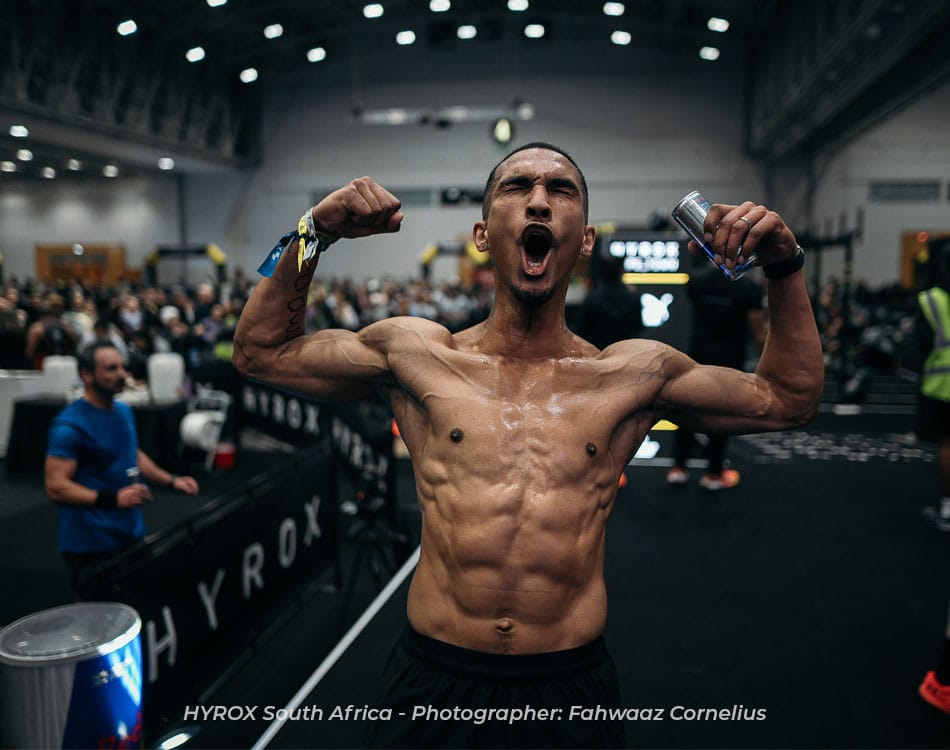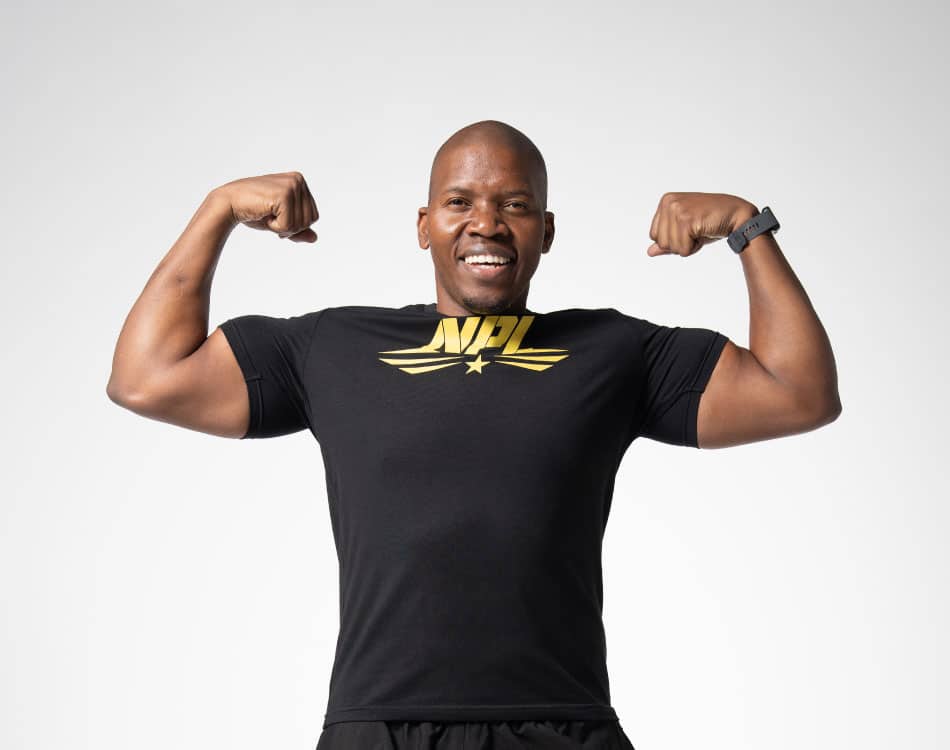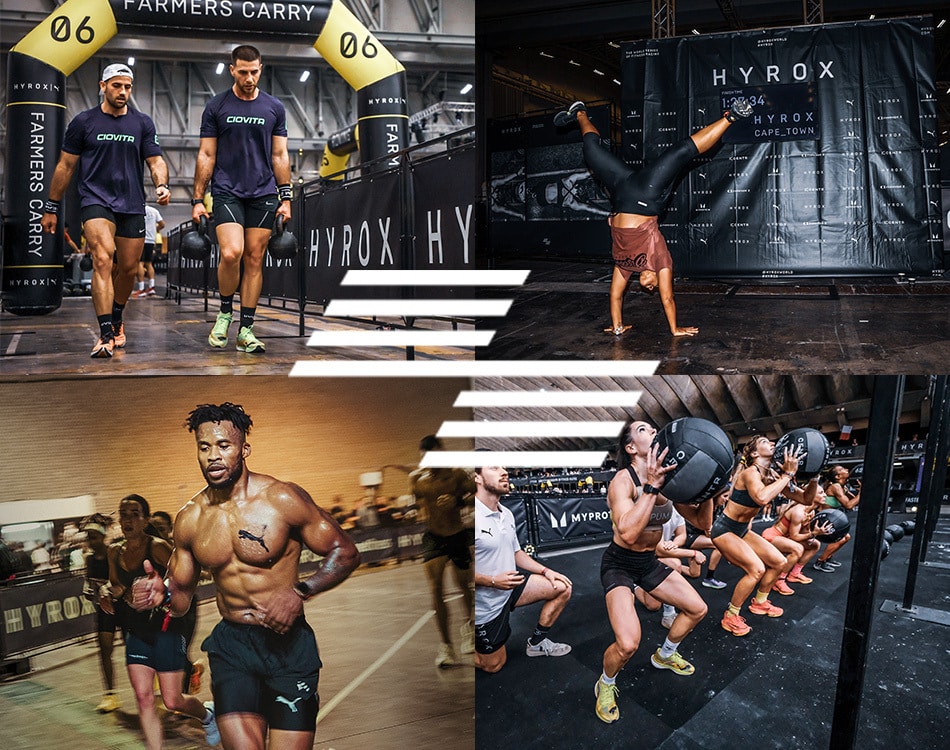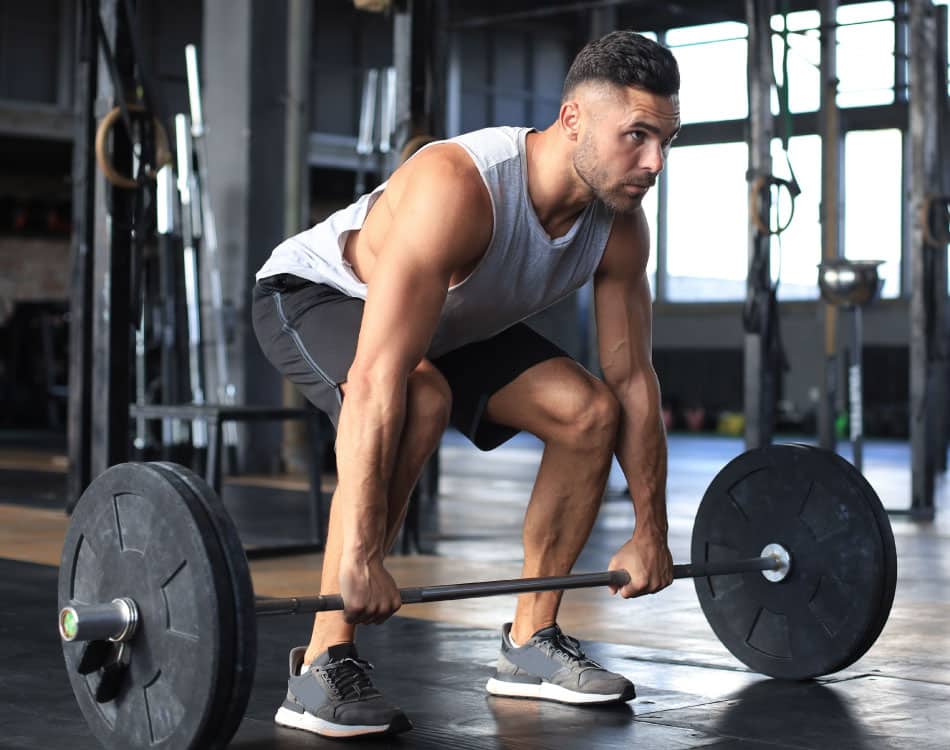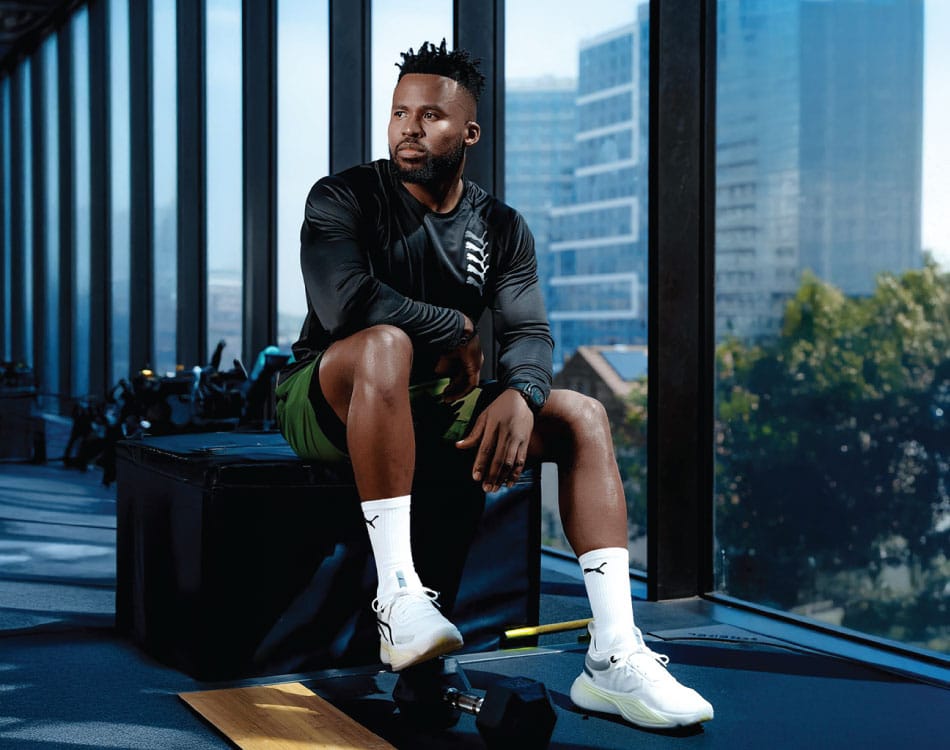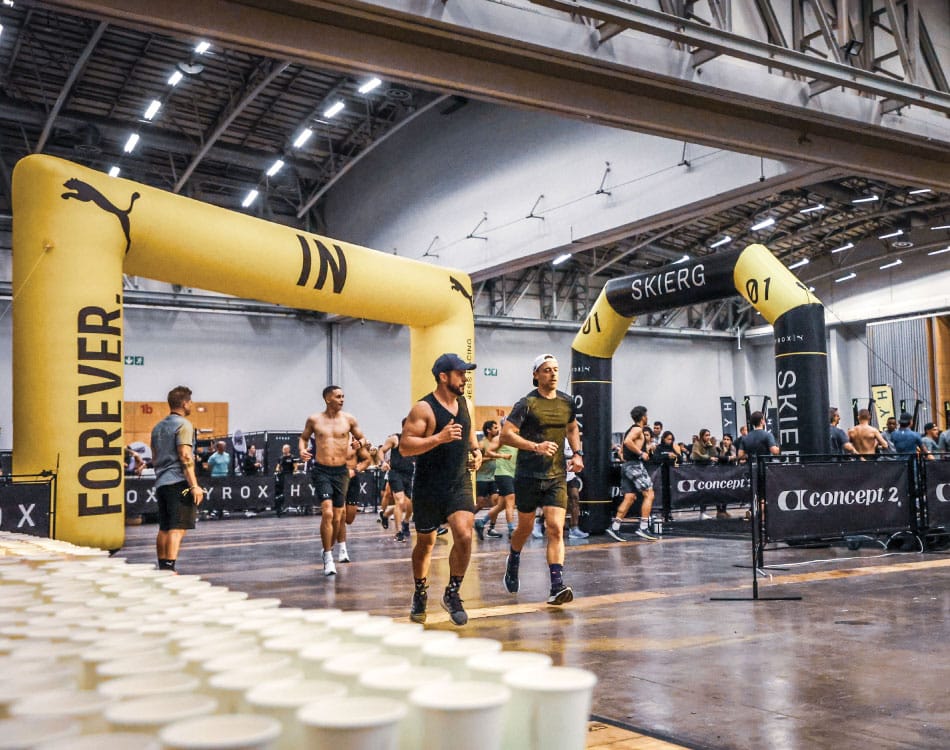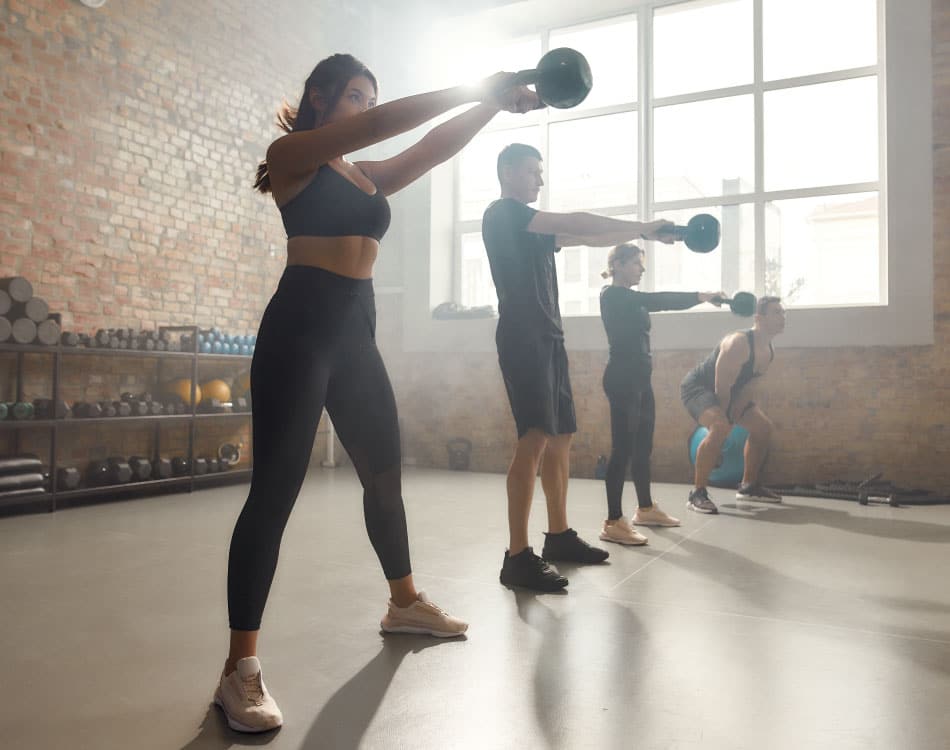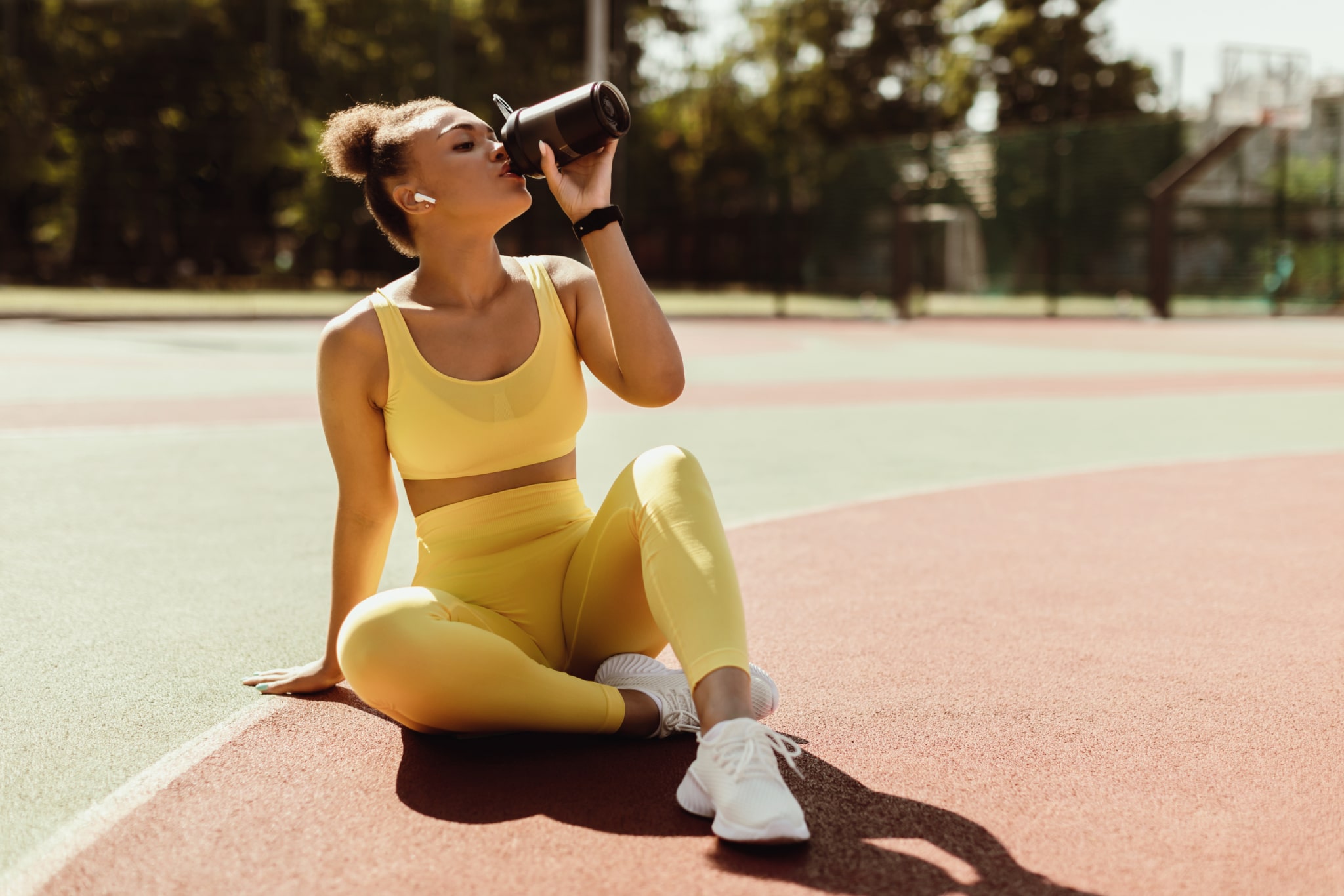Some trail runners already do it, as do many in the CrossFit community. Perhaps it’s time that you also considered the benefits of training in minimalist footwear.
The reason is that these shoes, which generally have minimal or in some cases, no cushioning and no difference in stack height from heel to toe – known as a zero-drop – help to enhance, rather than detract from your natural biomechanics.
They get you closer to the ground and enhance the mind-muscle connection, which can help you lift more, train harder and minimise injury risk, particularly under heavy loads.
Fit for purpose
The biggest argument against modern cushioned shoes is that they place a thick slab of artificial material between your feet – two of the most complex sensory structures in your body – and the ground.
Encasing your feet in overly cushioned shoes can weaken them, along with the supporting structures in our legs.
When you combine this with the weak core muscles and glutes, and the tight hip flexors that plague so many of us today due to our more sedentary lifestyles and hours spent sitting, we create the ideal environment for biomechanical dysfunction, which often leads to injury.
https://www.instagram.com/p/Btbcz2Xn3DH/
As a tool to help strengthen our feet and legs, and promote a return to natural movement patterns, minimalist footwear is often touted as a key element in the solution.
Obviously the process of correcting a lifetime of biomechanical dysfunction cannot be cured by simply slipping on a pair of minimalist shoes as you need to address the other areas of the body that contribute to poor movement patterns.
However, there are many potential benefits to ditching those cushioned trainers for a more ‘natural’ form of footwear.
Better proprioception
The main benefit of minimalist footwear is its ability to enhance proprioception – how our body senses our limbs in space and controls and coordinates motion and our body position during movement.
However, when we lose that direct contact with the ground, the 200,000 receptors in our feet (located in muscle, tendons and connective tissue) cannot properly connect to the brain via our nervous system which ‘breaks’ the natural sensory feedback loop.
Without this sensory feedback our brains are unable to effectively coordinate and correct our body’s movements, our postural and joint alignment and our balance, which negatively impacts movement efficiency and can result in numerous issues.
For instance, 70% of the proprioception required to stand upright comes from our feet and every millimetre of cushioning place between the ground and your feet will impact your stability, in addition to reducing sensory feedback.
https://www.instagram.com/p/BxNK8nTFsD2/
Minimalist characteristics
To enhance feel and improve proprioception, minimalist shoes generally have a very thin sole, which mainly acts as a protective barrier against germs, heat, cold and other dangers.
You also want your big toe to perform its primary function when you stand, which is to act as an anchor. The main aim of a minimalist shoe would be to get this toe, and all the others, as close to the ground as possible.
Zero is the hero
A zero drop is an important feature because whenever you raise your heels, you misalign the plantar fascia, which creates imbalances further up the posterior chain. A zero drop encourages a more natural posture and improves alignment, something a thick heel wedge often impacts adversely.
By constantly shifting loads a heel wedge will eventually also reduce your mobility by weakening the structures around your feet and ankles. This can result in injuries further up the movement chain, including knee issues from squats.
Accordingly, training in flat shoes can help to improve stability as it shifts the force of a lift back onto the muscles it intends to target. This can potentially reduce the chance of a joint or muscle injury.
https://www.instagram.com/p/BwuKiwOFNQX/
Most modern shoes are also too narrow. Your foot naturally splays open or spreads when you stand or load your legs. When there is no room to spread, your toes, foot bones and plantar fascia can’t function naturally to absorb the shock.
Based on these requirements, the ideal characteristics in a minimalist shoe are:
- Thin sole or minimal cushioning
- No toe spring
- Flexible
- Zero heel-to-toe drop
- Wide toe box
Making the transition
If you want to experience these benefits, you’ll need to make the transition from your conventional training shoes.
The key to a successful transition is proper progression, in combination with some pre-habilitation to correct any biomechanical dysfunction.
Creating balance and more symmetrical strength is vital before loading up a squat bar wearing minimalist shoes. And don’t think that switching to minimalist shoes will help to rid you of your injuries or imbalances either. Relying on a shoe to compensate for these latent defects is the wrong approach.
Transition guidelines:
- Step 1: Get your biomechanics right first, which means mobile hips, and strong core and leg muscles.
- Step 2: Progressively spend more time in minimalist shoes. Take progressively longer walks (don’t run) to get used to the shoes.
- Step 3: Start with lighter loads when training in minimalist shoes initially.




